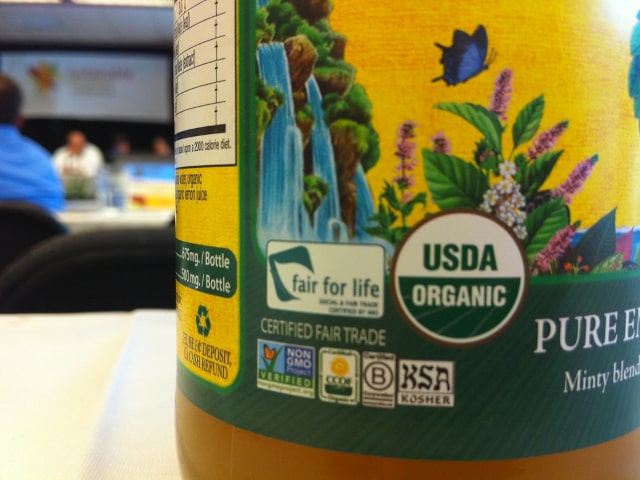
There are many food labels we encounter on a daily basis, as well as certain technical terms applied to plants. Words such as "GMO", "heirloom", "organics", "hybrid" are used often, but do we really know what they mean? While most people are familiar with them and have a basic idea on what these terms signify, it's important to truly get to understand these labels. It will help you a lot when it comes to choosing your food more carefully, and it may help you with gardening, because you will be more familiar with various types of plants you can grow. Also, if you want to make your gardening fully organic, you need to know what it means and how to get there.
Numerous Labels
You encounter numerous labels on food everywhere you go. If you are interested in gardening, then you know that this labeling appears in garden centers regularly, and that so many plants and seeds and everything you encounter has some sort of a label. We see these labels in green markets, we see them in garden stores, we see them everywhere. Sometimes, labeling can be confusing, especially if we're unsure about what the labels mean exactly.
While each of the most common labels requires a very in-depth, scientific answer to fully explain all of the aspects of a particular label, it's possible to give a basic answer everybody can understand. These short explanation are not completely in-depth and they don't cover all of the growing definitions, but they can serve as a first information that will give you a basic idea about these different labels. This way, you will have a basic understanding of the labels so you will be able to understand better the food you eat and plants you want to grow in your garden.
Organic
What does "organic" label means? Organic foods and plants are produced using only organic farming methods. These methods don't use any chemical pesticides, chemical fertilizers or other synthetic inputs. This way, if you want to grow organic food in your garden, you have to forget about any chemical products.
In addition to this, organic foods are not processed using irradiation, industrial solvents or chemical food additives. They also never contain GMOs. They are completely free of any chemical additives. You will recognize organic foods based on the label on the packed. You will also be able to buy organic seeds in the stores.
GMO
What does GMO mean? GMO stands for "Genetically Modified Organism". These are plants and animals creating using gene splicing techniques in the genetic engineering or biotechnology. This is an experiment technology often merging DNA of different species and thus creating combinations of plant, animal, viral and bacterial genes that don't occur in nature or in traditional crossbreeding. Since GMO technologies are still pretty new they are still not researched enough.
Here are some common ingredients derived from GMO crops: High-Fructose Corn Syrup, Amino Acids, Textured Vegetable Protein (TVP), Aspartame, Sodium Ascorbate, Vitamin C, Citric Acid, Ascorbic Acid, Sodium Citrate, Hydrolyzed Vegetable Protein, Lactic Acid, Ethanol, Maltodextrins, Molasses, Monosodium Glutamate, Xanthan Gum, Vitamins, Flavorings ("natural" and "artificial"), Yeast Products, etc.
Therefore, we are still not sure about the potential risks and drawbacks of using GMO food. This is why many people don't want to consume this sort of food, but the trouble is that the American system of food labeling doesn't require that consumers are told that a product has a GMO ingredient. This is why labeling may not reveal if the food you eat has GMO, which prevents you to have an educated choice about the type of food you eat. This is why many people opt to consume organic food - this way, you are sure you are not consuming food with GMOs.
Heirloom
What does heirloom mean? An heirloom plant variety is the one that was grown by previous generations (going back to at least 50 years), but is not used in today's agriculture. These varieties must keep their traits uniformly through open pollination to be considered heirloom. The other important factor is age. Being 50 years old is a typical age needed for a variety to be considered heirloom, though some experts claim it's 100 years. Most commonly, WWII is used as a dateline, so plant varieties developed before WWII using non-hybridization techniques are considered heirlooms. When it comes to labeling, the trouble is that heirloom seed varieties are not always labeled as such. Therefore, to choose heirloom varieties, properly, you usually have to know about the available varieties and choose them on your own. Unfortunately, you can't count on the labels here.
Hybrid
What is a hybrid plants? Hybrids are result of specific plant breeding techniques. These plants are created through engineering and made into new varieties. Unlike GMO, this combining doesn't happen through genetic techniques but through combining plants using natural means. The combining is done with the goal of making preferred (desirable) characteristics of the parent plants in a new plant. This can be done on the field or in a laboratory.
Hybridization usually involves selecting specific plants, removing the pollen-bearing anthers of the female plants so only pollen from the selected male plants will be pollinated. After this, pollen is manually transferred to the female plant. This is how the new plant is created. It's also important to know that the new plants have to be cross-pollinated one generation at a time.
These hybrid plants can grow to a full size and then develop seeds. The seeds will not necessarily produce plants that look like their hybrid parents and may become a unique attributed plant. When it comes to labeling, it's important to know that more often than not, hybrid plants are not labeled. In order to know about hybrids, you need to make your own research and know where to find hybrid plants to use.
Photo credit: Innov8social
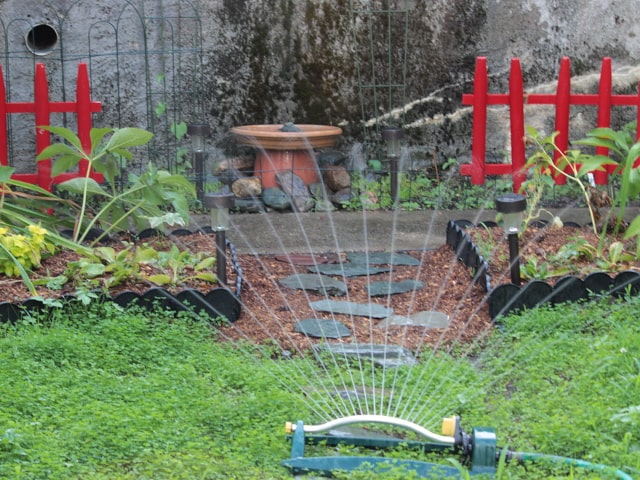
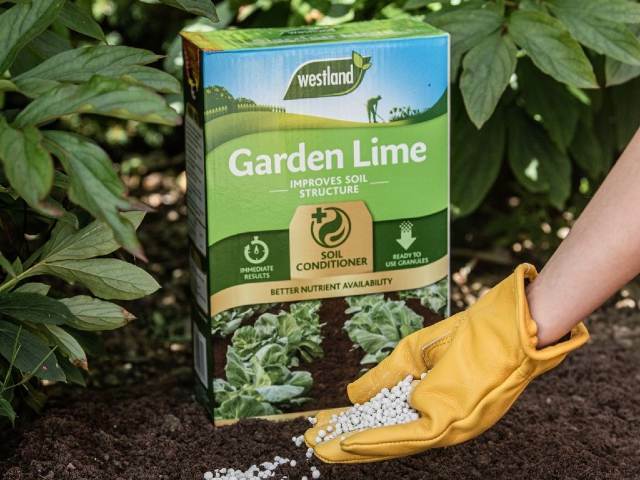
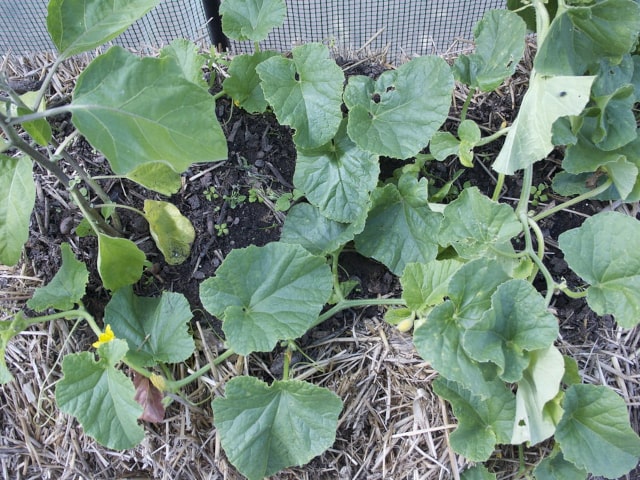
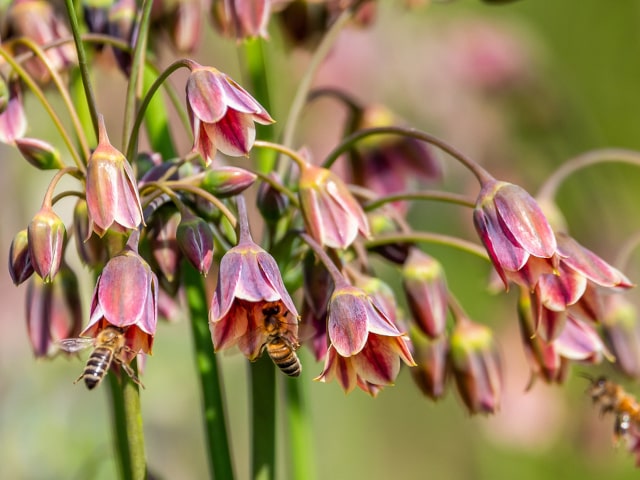
0 Comments